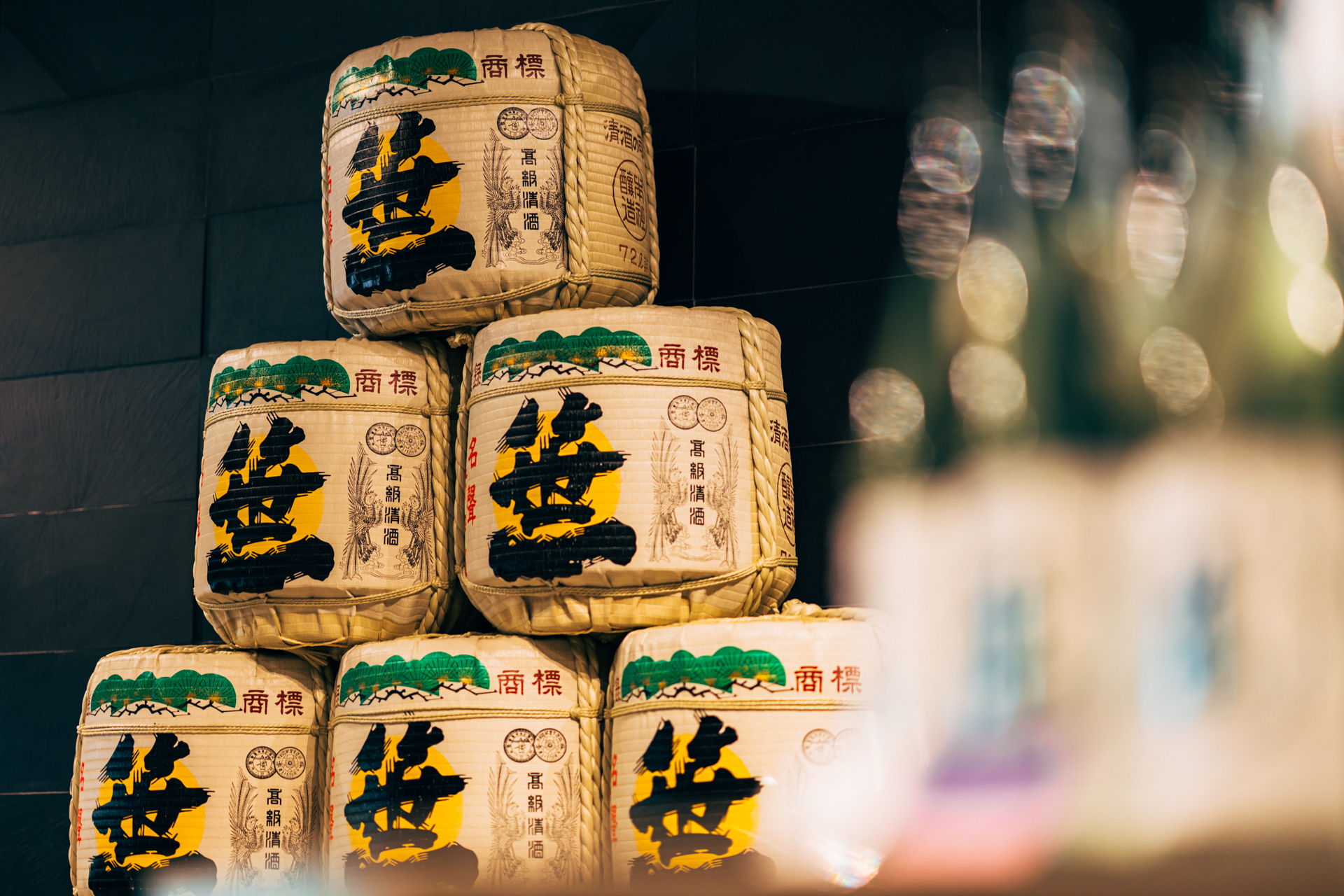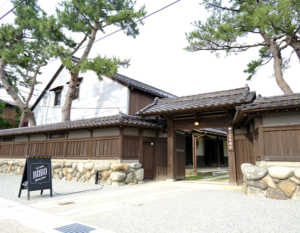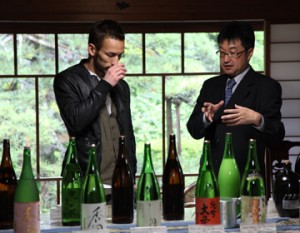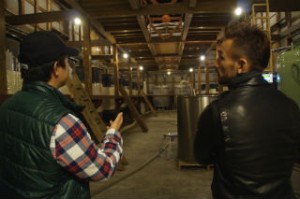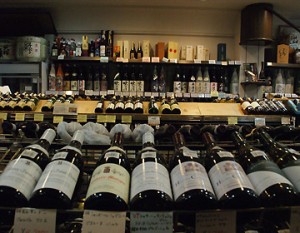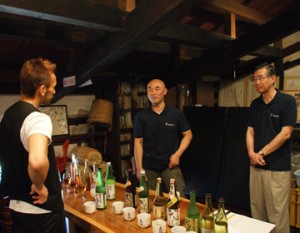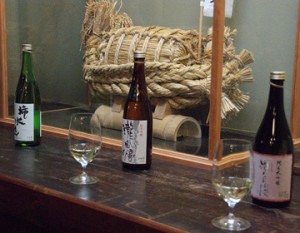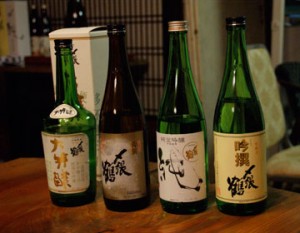The Koshu Kaido, one of the five highways of the Edo shogunate, starts from Nihonbashi, crosses the Kobutsu Pass and Sasago Pass, and runs for about 53 ri (about 220 km) through Kofu and Nirasaki to Shimo-suwa in Nagano Prefecture. The Sasaichi Sake Brewery in Otsuki City, Yamanashi Prefecture, watches over travelers along this Koshu-kaido route and is earnestly working to make the best sake in Japan while marking 360 years of history.
Koshu Kaido, a road connecting culture and history
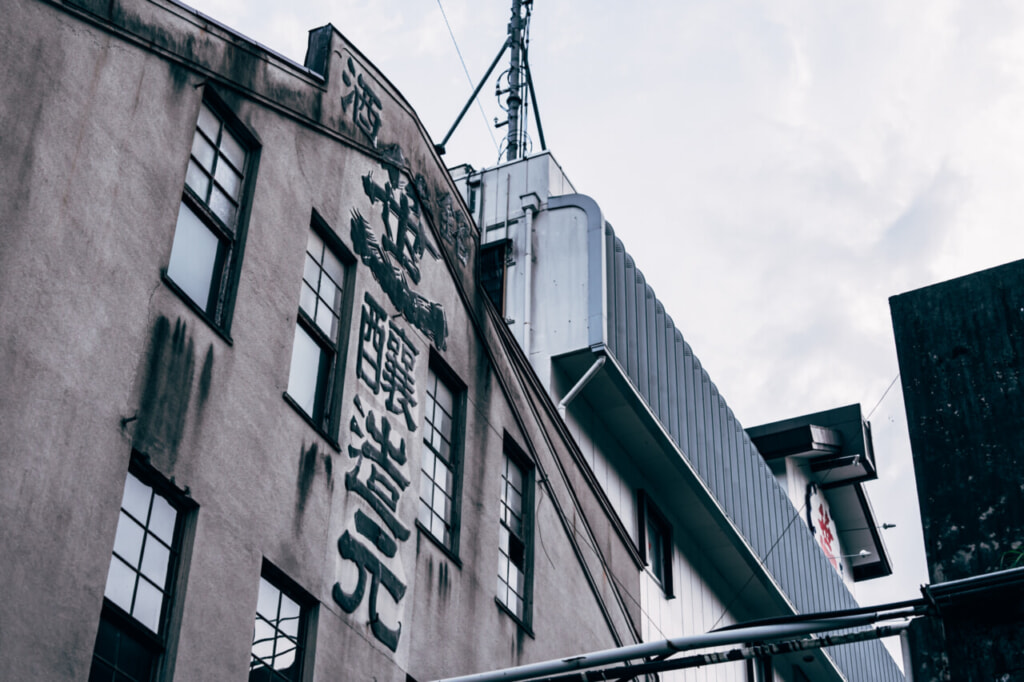
During the Edo period (1603-1867), the Koshu Kaido, which ran through Yamanashi Prefecture from east to northwest, was an artery for the distribution of goods. Many people, goods, and information came and went along the road, and the inter-regional exchange fostered diverse cultures. 25 post towns along the road in Kai Province developed greatly.
Sasaichi Sake Brewery is located in Sasago-cho, Otsuki City, in the east of Yamanashi Prefecture. The brewery was founded in 1661 as Hanadaya, an inn, and later went on to brew miso, soy sauce, and sake. In 1919, the name was changed to “Sasaichi Sake Brewery. The company name “Sasa” means sake and “Ichi” means the best sake in Japan, which reflects the spirit of Hisashi Amano, the first brewer of “Sasaichi Shuzo,” who aimed to make the best sake in Japan.
Enjoy the benefits of the Fuji and Misaka Mountains
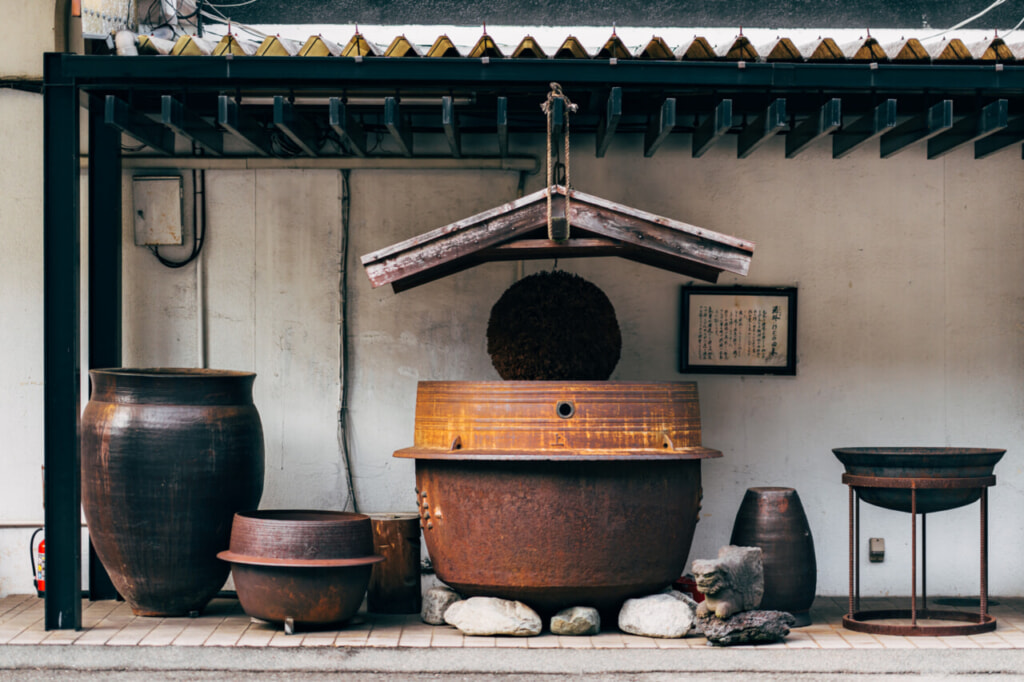
Fuji, the Southern Alps, the Yatsugatake Mountains, and the Chichibu mountain range, Yamanashi Prefecture is surrounded by some of Japan’s most famous mountains. The Misaka Mountains, which rise up from the east and west to separate the Fuji Five Lakes region from the Kofu Basin, are a series of mountains such as Kurodake, Junigatake, and Shakagatake, and are an important route connecting the Kofu Basin and the Fuji Five Lakes region through the Misaka Pass and Oishi Pass. The unique geographical conditions of the Misaka Mountains were the reason for the high evaluation of the area as “geographically very special and highly valuable.
Yamanashi Prefecture produces the largest amount of mineral water in Japan. The reason why there are many rivers and springs that have been certified as one of the “100 best waters” is probably because Yamanashi Prefecture is located at the junction of several overlapping plates: Eurasia, North America, and the Philippine Sea. The mountains of Misaka, which rise above the colliding strata, store abundant rainwater underground, and after decades of filtration through impermeable layers of lava, the water gushes out as cool, clear, famous water.
The spring water from the Sasago Pass has not only quenched the thirst of travelers, but has also been used for tea ceremonies at Edo Castle and carried by Emperor Meiji during his visit to Kyoto, and has been called “Gozensui” or “water for the emperor” and revered for generations. Deep groundwater springs abundantly from 40 meters underground on the grounds of the Sasaichi Sake Brewery, and the soft water with a hardness of 3, which contains few impurities, is fully utilized for brewing sake.
Launching a new brand and “going back to the basics
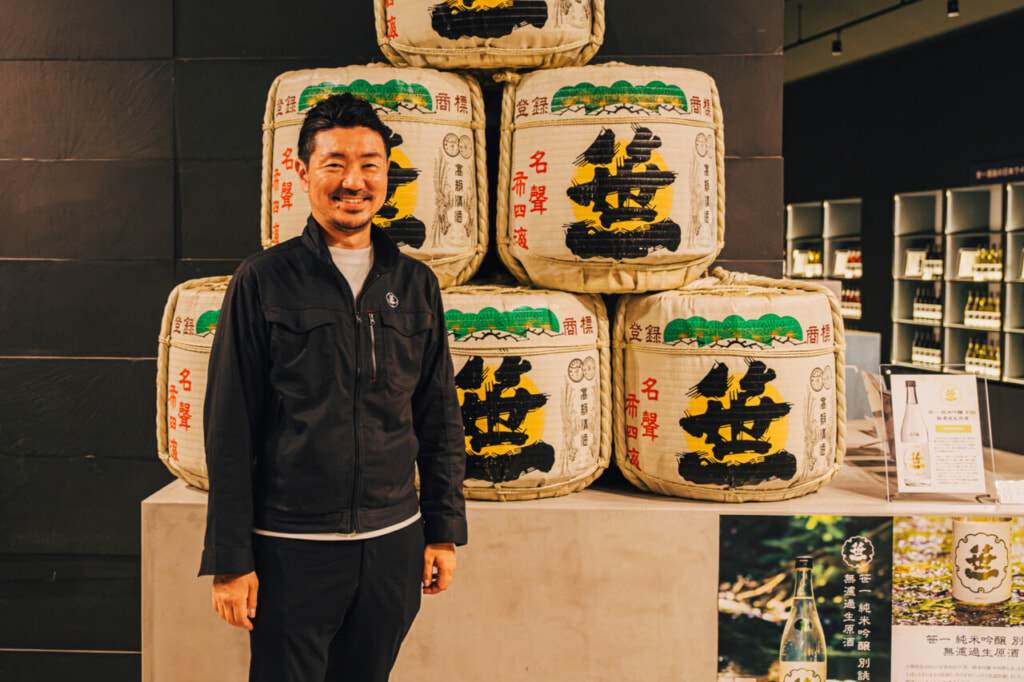
Sasaiichi Shuzo has a long history, but 10 years ago it reached a major turning point: after the last sake brewing in 2013, the company abandoned all mass-production facilities and returned to traditional methods of sake brewing. This is truly a “return to the basics. The company has converted from mass-production facilities to facilities that produce high-quality sake in line with modern food culture, and has returned to handmade processes such as koji making and sake mothering. The brewery has achieved a significant improvement in quality through the lavish use of contract-cultivated Yumesansui and Yamadanishiki from Yamanashi Prefecture, as well as Gozensui.
At the same time as renewing its manufacturing methods, the company launched a new brand. The name of the brand is “DAN. It is a simple but extravagant sake made with the highest quality sake rice and deep groundwater and produced using traditional methods. The character “DAN,” which is derived from the beginning of the year and sunrise, expresses the belief of Sasaichi, which has been passed down since the company’s founding. The dynamic and powerful characters that fill the label were written by Shoko Kanazawa, a female calligrapher. It seems to be filled with Amano’s determination, resolve, and hope for a return to his roots and a fresh start.
The highest quality food sake brewed using traditional methods
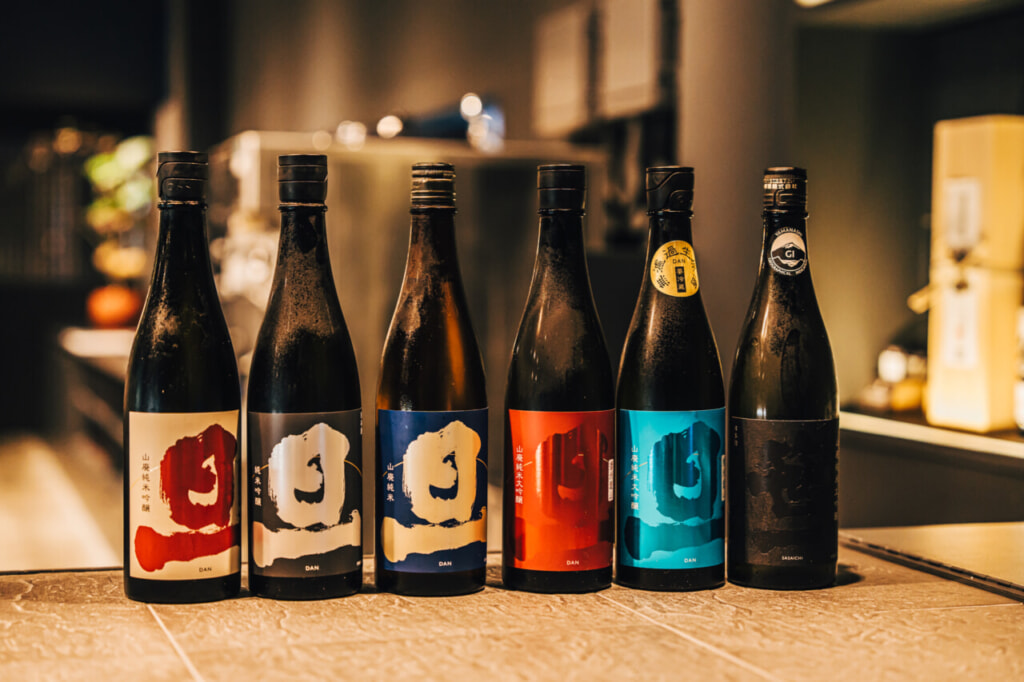
Expressing the pure taste of water and rice, “Tadashi” is a modern sake that is designed to be paired with Japanese cuisine and to fit in with modern food culture. For example, in Yamanashi, where gibier dishes and spicy meat dishes are relatively common, a food-centered sake like “Tadashi” that balances gentle acidity and umami flavor complements the food and allows you to experience the depth of the pairing.
The sake is brewed using traditional yeast and methods, with slow, low-temperature fermentation to bring out the full potential of the sake rice. Since last year, they have also been bottle heating the sake, creating a sake with a complex intertwining of sweet and bitter flavors and a tangy, fresh taste on the tongue, even though the alcohol content is kept low. The secret behind the expansive ginjo aroma is that the sake is carefully aged in the same way as a fine red wine, as if the flavor is slowly brewed over time,” said Yosuke Sato, the toji (master brewer) of the company.
Sake and Wine Making Dual Purpose
One of the characteristics of the Sasaichi Sake Brewery is that it has been making wine in the brewery since 1953. At the time, Sasaichi Sake Brewery was the only sake brewery in Yamanashi Prefecture to hold a license to produce wine. It was also the first sake brewery in Japan to export sake overseas in containers, and has a long history of exporting sake overseas. In 1963, the company successfully exported Koshu wine, a variety indigenous to Yamanashi Prefecture, to the U.S. In 1963, the company celebrated its 70th anniversary this year.
This year marks the 70th anniversary of the company’s wine production, which was also made possible by the Misaka Mountains. Because grapes prefer dry places, the most important factors in their cultivation are said to be precipitation and good drainage. Good ventilation reduces the risk of disease, and high sunlight and a large temperature difference between day and night increases the amount of pigment and aromatic compounds in the grapes.
Sasaichi Sake Brewery has two vineyards, one in Kaiyamato, Koshu City, and the other in Toyotomi, Chuo City. Both vineyards are located at the foot of Mt. Misaka and have volcanic rock soil with excellent drainage. In particular, the Kai Yamato vineyard is located on a fan-shaped area of the Nichigawa River, where a strong wind called “Sasago Oroshi” blows. The site is also close to where the original Koshu grape was born, making it suitable for indigenous Japanese varieties such as Koshu and Muscat Baily A. The Kai Yamato vineyard is also located in the southernmost part of the Kofu Basin. The abundant plots in the Sone Hills, at the southernmost tip of the Kofu Basin, are also very well ventilated and produce healthy, high-quality grapes for Chardonnay and Syrah.
OLIFANT” expresses the transparency of fruit
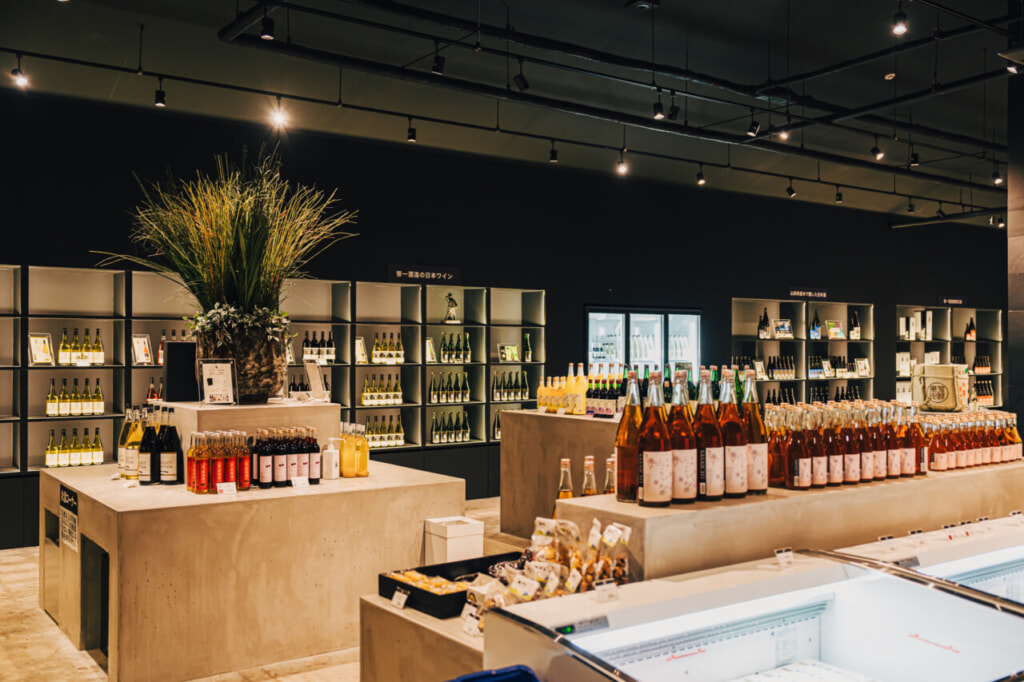
OLIFANT” is a brand name that is brewed on the same premises as sake under the theme of “beautiful Japanese wine that makes the best use of the quality of its ingredients. The wine has been brewed with an emphasis on purely expressing the taste of grapes grown in the rich natural environment of the Misaka Mountains, and on fully utilizing the potential of the grapes. OLIFANT, a gentle, gentle, and deep wine produced in a clean environment, has an annual production of approximately 10,000 bottles, which are sold out almost completely at directly managed stores and on the Internet.
Promoting the Appeal of Sake and Fermentation Culture
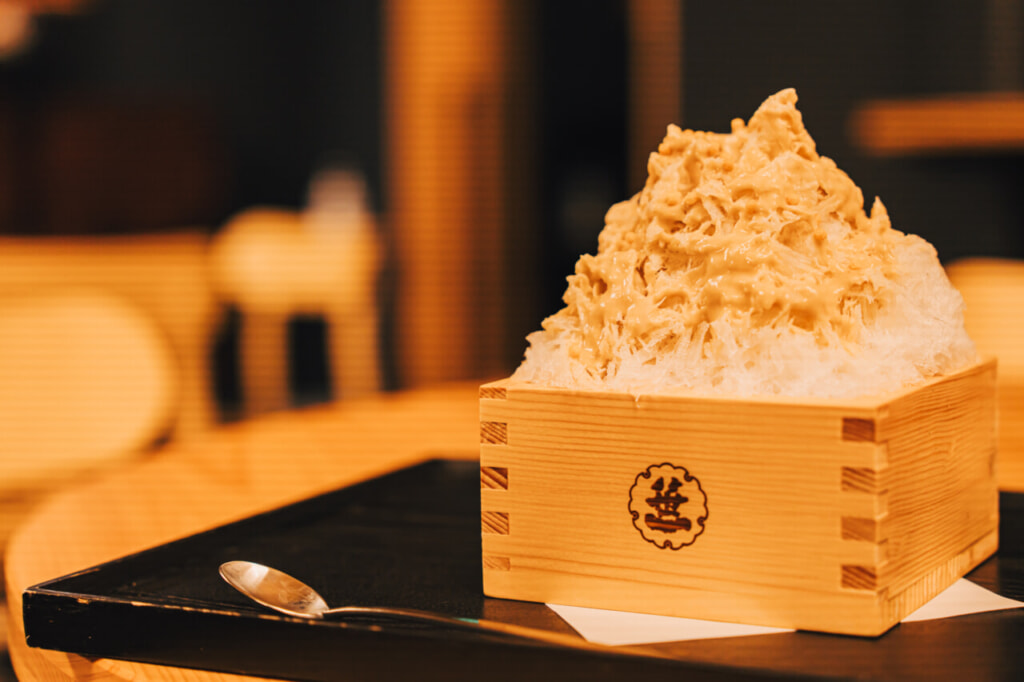
In 2021, the company decided to undertake a major renovation of its directly-managed “Sake Yuukan” store on the premises. The spacious store, which won a Good Design Award, is approximately 500 m2 in size, and the sake bottles look beautiful in the chic black-based space. In addition, to “encourage people to casually enjoy fermentation culture,” a new “SASAICHI KRAND CAFE” has been established, offering original menu items such as “Sasaichi Fluffy Sakekasu Shaved Ice” made with natural ice and sake kasu (sake lees) syrup from Mt.
Fuji-Misaka water system, which was registered as a Geographical Indication (GI) for alcoholic beverages in April 2021. Amano says emphatically, “Sasaiichi’s sake and wine are made with history and tradition, making the most of the natural and geological characteristics of the Fuji-Misaka Mountains. Sasaiichi Sake Brewery is vigorously developing new businesses in step with the times while carefully preserving its 360-year history and traditions. The new brand, bearing the name “DAN,” meaning “dawn,” will be a new light for the Sasaichi Sake Brewery and a bright light for the sake industry.



